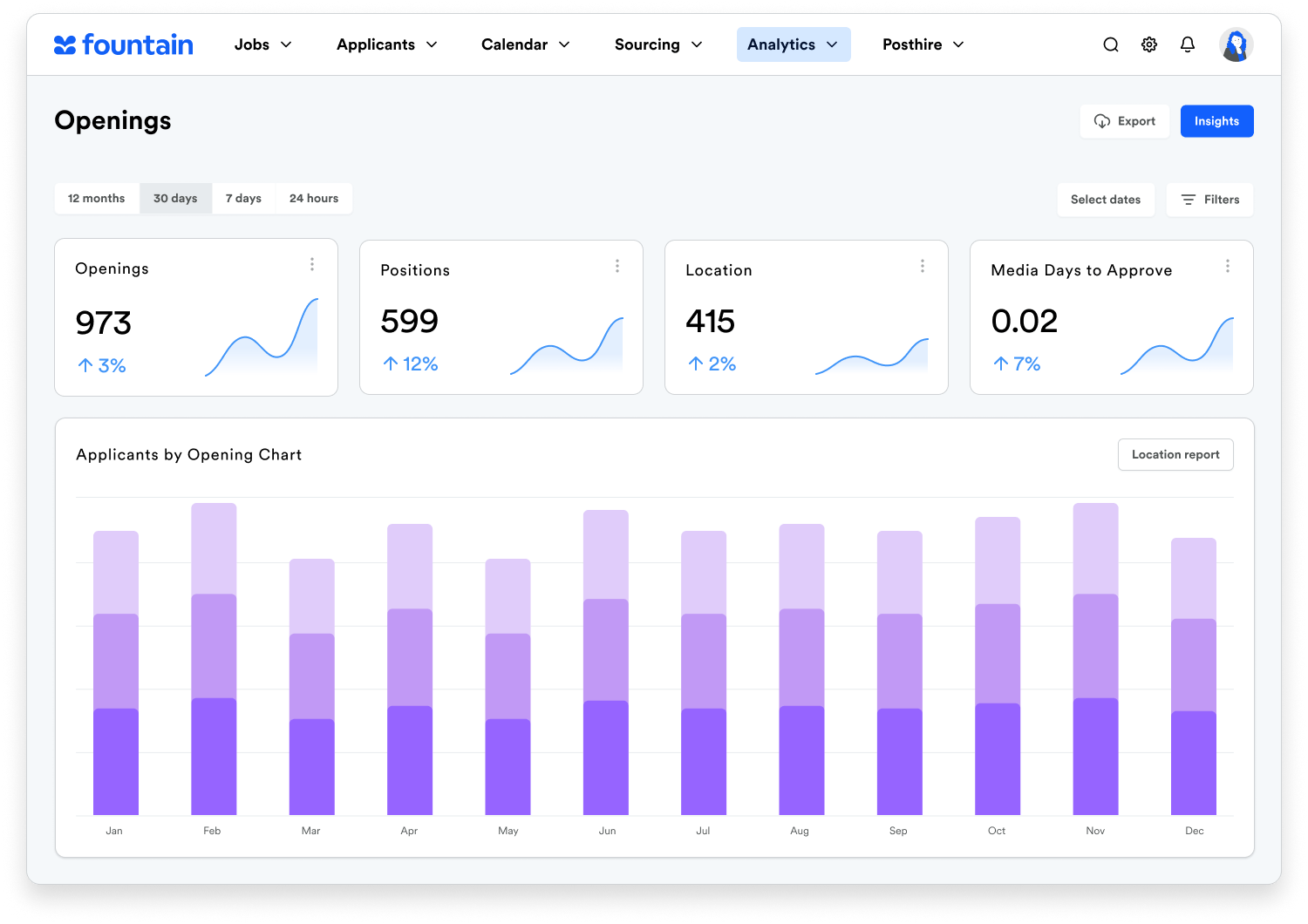The watercooler doesn’t exist, anymore
While we’re in the early stages of digital transformation, the pandemic has accelerated the process. The working environment we’ve come accustomed to is here to stay.
Even when offices have the ability to reopen at full capacity, it won’t be the same. The workers have spoken. They want the flexibility to work from home at their leisure, and if your company is one of the few to deny them this leisure, it’s going to be difficult to attract top talent.
Digital tools have reduced the need for a consistent in-office presence, and employees want to have more control over their schedules and lives. Gone are the daily face-to-face interactions at your desk, in the hallway, or at the watercooler.
“It’s a real shame because studies have shown that more information gets passed through watercooler gossip than official memos. This puts me at a disadvantage because I bring my own water to work.” – Dwight Schrute.
Finding an adequate replacement for these serendipitous face-to-face interactions that increase employee morale and productivity is going to be a crucial task for Human Resources departments.
Constructing the virtual watercooler
There are a variety of tools you can utilize to recreate the virtual watercooler. Fountain utilizes Donut, an application that helps connect teams serendipitously for virtual coffee, peer learning, DEI discussions, and more.
Look for similar tools to emerge this year. Software innovation can further cultivate these serendipitous workplace conversations. The ability for companies to distinguish their remote workplace culture in a meaningful way will be key for the retention of their employees.
Productivity & collaboration
The average round-trip daily commute time in the U.S. is 52.2 minutes or roughly 5 hours per week. This increases by nearly double in larger cities. The change to remote work has saved the average worker hundreds of hours in unnecessary commute time.
As we’ve mentioned in the past, there isn’t an adequate substitution for having direct contact with your team members day-to-day. Especially when you’re new on the job, being able to walk over to your teammate and ask them a question is an easy way to get information and build relationships.
Researches from the University of Arkansas identified several changes we can expect to see in the workplace and the nature of work itself. This list includes an increase in participatory relationships within the workplace, as physical cues of superiority are less noticeable.

